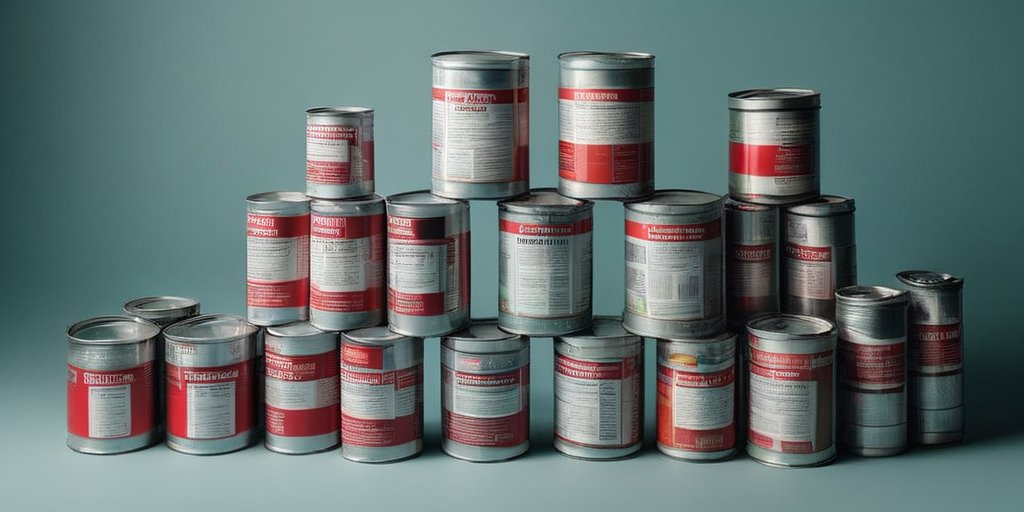Since the election of Donald Trump in 2016, the landscape of preparedness has evolved significantly, not only impacting right-wing groups but also igniting a movement among left-wing individuals. As political climate and environmental challenges grow increasingly alarming, citizens are turning to prepping as a viable response to potential crises.
This trend marks a departure from traditional stereotypes of preppers predominantly aligned with right-wing ideologies, often depicted as isolated individuals hoarding supplies. Instead, an emergent group of left-wing preppers are embracing community and collaboration while still recognizing self-defense as important. This shift reflects broader concerns about socio-political instability exacerbated by climate change and governmental failures in disaster response.
For many, prepping began as a reaction to worries about future calamities. For Ohio resident Eric Shonkwiler, who started considering emergency preparedness the day after Trump was elected, the focus is maintaining a steady supply of food and essential resources for both his family and community. His journey is mirrored by others like Margaret Killjoy, who launched her podcast “Live Like the World is Dying” to discuss survival strategies and rally a community of like-minded individuals.
Statistics indicate that approximately 5 to 23 million Americans engage in some form of prepping. However, the political composition among preppers is skewed heavily towards conservativism, with estimates suggesting up to 80% identifying as right-leaning. Yet, this number may be shifting as more individuals from the left engage in preparedness discussions, particularly in response to government actions under Trump’s administration, which many perceive as detrimental to handling climate crises.
The aftermath of events like Hurricane Katrina and the 9/11 attacks intensified the prepping mentality. Trump’s election and his administration’s policies, characterized by cutting back on climate funding and disaster preparedness efforts, have also served as a catalyst for left-wing activism in prepping circles. Activists like Brekke Wagoner view prepping as a necessity, believing that effective community planning and resource management could mitigate future disasters.
Contrary to the belief that preppers are simply doomsayers, many left-wing preppers maintain a hopeful outlook. Shonkwiler asserts that their primary motivation lies in building a better future through preparedness and collaboration rather than isolation. This outlook resonates within a broader community where political differences fade in the face of shared vulnerabilities.
In summary, Trump’s presidency has sparked a reevaluation of preparedness across the political spectrum, contributing to a growing network of predominantly leftist individuals learning how to navigate environmental and economic instability by fostering community ties. As crises loom large, understanding the evolving culture of prepping becomes essential not only for survival but also for creating supportive networks that transcend political divides.
